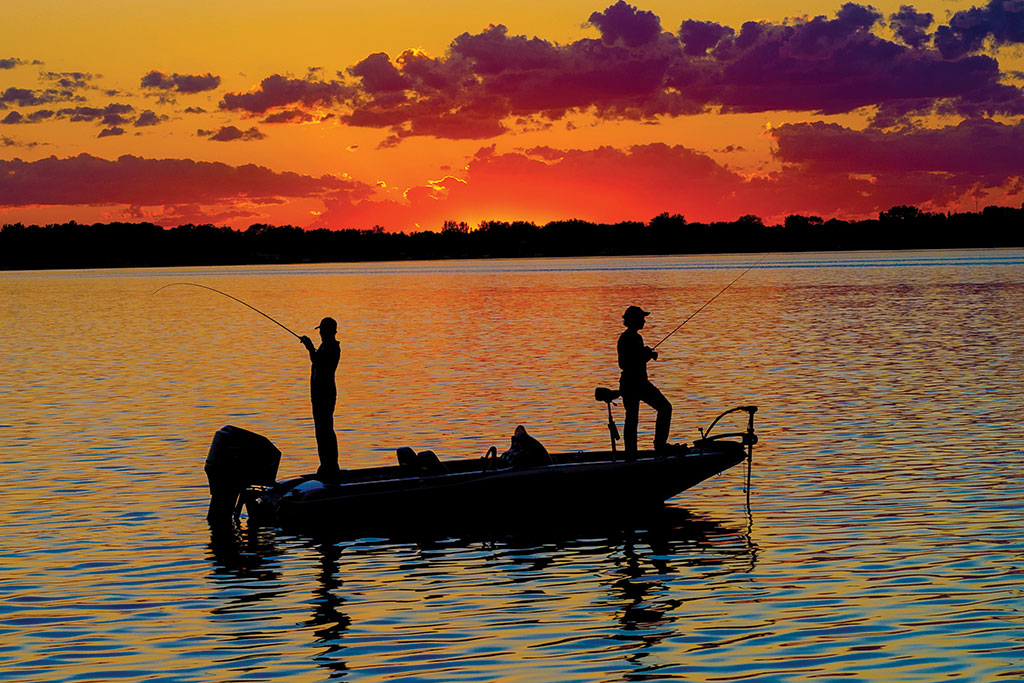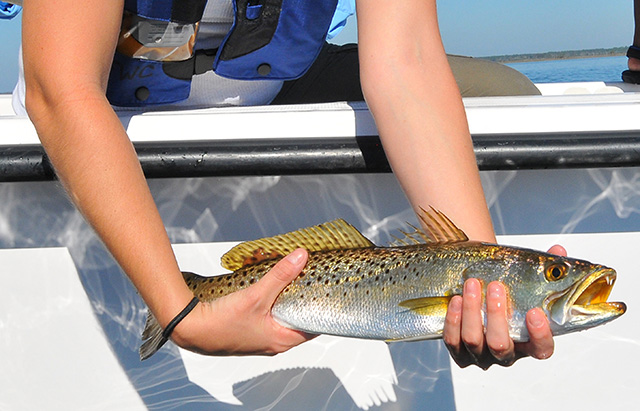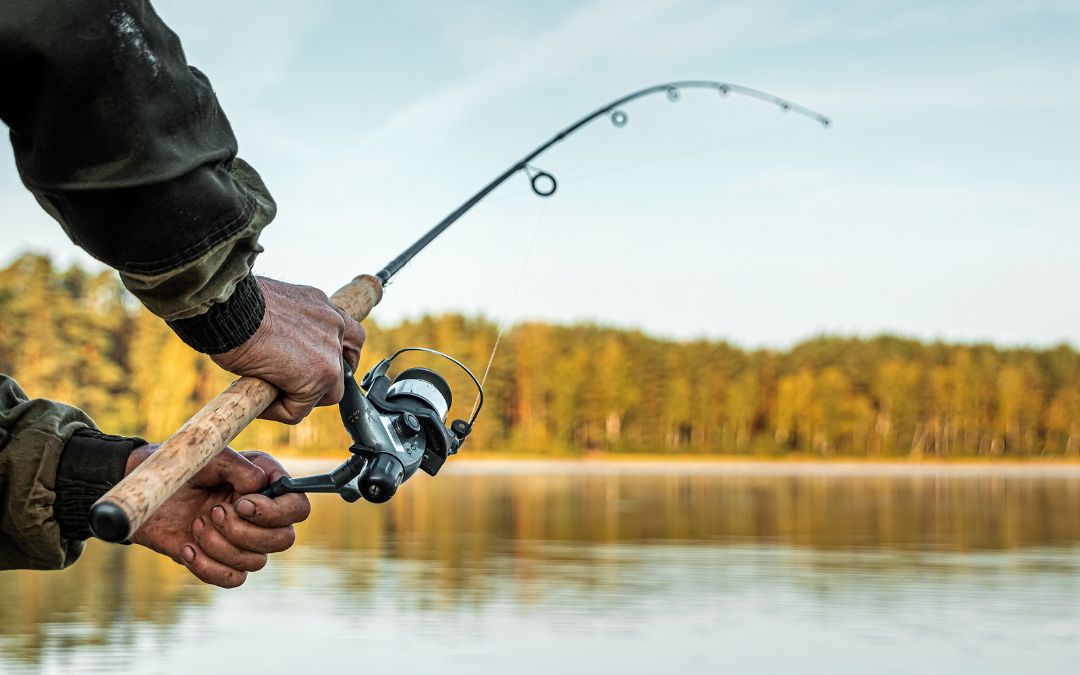Using live shrimp as bait can be a game-changer when targeting species like snapper, grouper, flounder, or redfish. However, not every rigged shrimp works the same. A poorly hooked or lethargic shrimp won’t attract much attention from hungry fish. Here’s how to properly prepare your live shrimp to get the best results on your next fishing trip.

Why Live Shrimp Works So Well
Live shrimp are a favorite among saltwater anglers because nearly every fish species finds them irresistible. Their natural movement and scent give them an edge over artificial lures, making them a reliable choice for enticing bites. Their lively, natural action in the water sets them apart, as they mimic the behavior of real prey.
Challenges of Using Live Shrimp
While live shrimp can be incredibly effective, keeping them alive during extended fishing trips is a challenge. Shrimp are best used fresh, so it’s important not to store them for too long. If you plan on a multi-day outing, consider using a two-layered minnow bucket. Pre-chill the water and add an oxygen supplement or aerator to help maintain a healthy environment. Additionally, opting for larger shrimp is usually a better strategy—they tend to last longer and are more effective as bait than their smaller counterparts.
How to Hook Live Shrimp
Hooking by the Tail:
One of the most popular methods is hooking the shrimp through its tail. Start by removing the tail fan to release its natural scent. Then, insert your hook into the center of the tail, ensuring that the shank is no longer visible. Some anglers even double-hook the tail, which causes the shrimp to curl under the hook if it tries to wriggle free.
Hooking by the Head:
For larger shrimp or when you want to present the bait vertically, hooking by the head is a solid option. Insert the hook just behind the shrimp’s horn, making sure to avoid damaging its brain. This placement keeps the shrimp in a natural position and can be especially effective when casting or trolling.
Burying the Hook in the Body:
Another method involves threading the hook through the entire body of the shrimp—from tail to head. This technique works well for bottom fishing and requires a larger hook to accommodate the full size of the shrimp. Remove the tail fan, then run the hook along the edge of the shrimp’s body, pushing it through until you reach the head.
Hooking the Shrimp Crosswise:
This technique is ideal for float or drift fishing. Insert the hook just under the shell, aiming to hit the flesh rather than any internal organs. By doing so, the shrimp stays lively, yet securely attached to the hook. Just be cautious—this method can shorten the shrimp’s lifespan if not done carefully.

Tips and Tricks
-
Choose the Right Line:
Opt for fluorocarbon lines over monofilament. They are less visible underwater, making your bait appear more natural to potential catches. -
Avoid Critical Areas:
Never insert the hook through the shrimp’s brain (the dark spot near its horn), as this can kill it prematurely and reduce its attractiveness as live bait. -
Optimal Hook Placement:
Hooking the shrimp through its head or tail generally keeps it alive longer compared to rigging it through the mouth. Keeping the shrimp active is key to drawing in fish.
By following these techniques, you can maximize your chances of a successful catch. Practice these methods until you find the one that works best for you, and soon enough, you’ll be reeling in fish with the help of your perfectly hooked live shrimp.


Leave a Reply